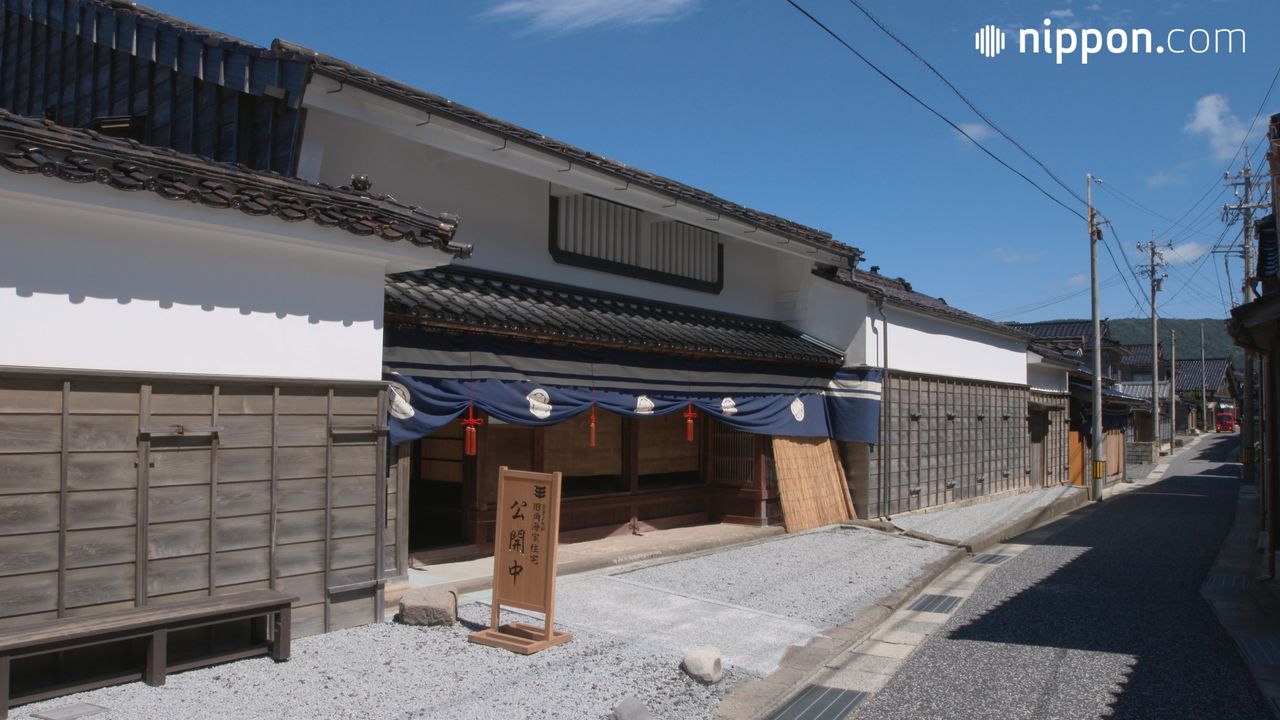
The Aura of the “Kitamaebune” Maritime Trade Lingers in Kuroshima, Ishikawa Prefecture
JapanIn video
Guide to Japan Travel Culture History- English
- 日本語
- 简体字
- 繁體字
- Français
- Español
- العربية
- Русский
The city of Wajima on the Noto Peninsula (Ishikawa Prefecture) includes a district that was home to owners and captains of kitamaebune, ships engaged in maritime trade on the Sea of Japan (see note below). The district, called Kuroshima, was distinctive in that it was tenryō, meaning territory under the direct rule of the Tokugawa shogunate during the Edo period (1600–1868). Every August the local shrine, Wakamiya Hachimangū, holds a festival called Kuroshima Tenryō-sai during which two floats representing the castles of Osaka and Nagoya parade through the streets. Even today the area’s buildings preserve the look of days gone by, with black-tiled roofs, wood-paneled walls, and lattice doors. Of particular interest is the large Kadomi residence, which is open to the public. The government has designated Kuroshima an “important preservation district for groups of traditional buildings.” Formerly little known to outsiders, the area has become a popular tourist attraction.
Note: The kitamaebune were wooden sailing ships used for the trade between ports on the Sea of Japan and the central entrepôt of Osaka via the Seto Inland Sea. The kitamaebune trade thrived during the Edo period and the early part of the Meiji era (1868–1912). Shipowners did not merely offer marine transportation but also conducted trading business, using their own funds to buy rice and other goods, shipping them to Osaka, and selling them there. For the return trip the ships would be loaded with sake, salt, and other goods for sale at ports of call on the Sea of Japan. This trade generated tremendous profits for shipowners, some of whom became able to exert influence on the local feudal rulers. In the latter part of the nineteenth century, as Japan introduced steamships and built railroads, the kitamaebune trade declined and eventually disappeared.
(Originally published in Japanese. Created in cooperation with Kanazawa Cable Television.)